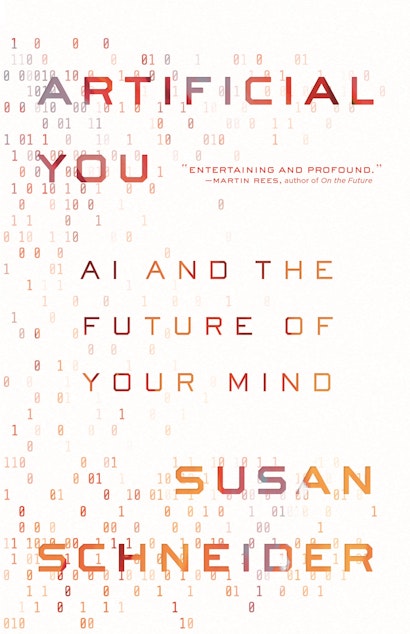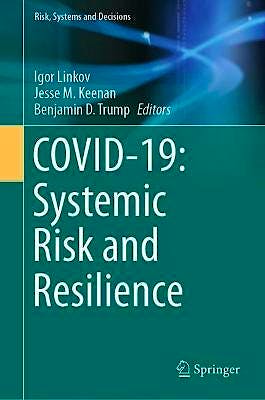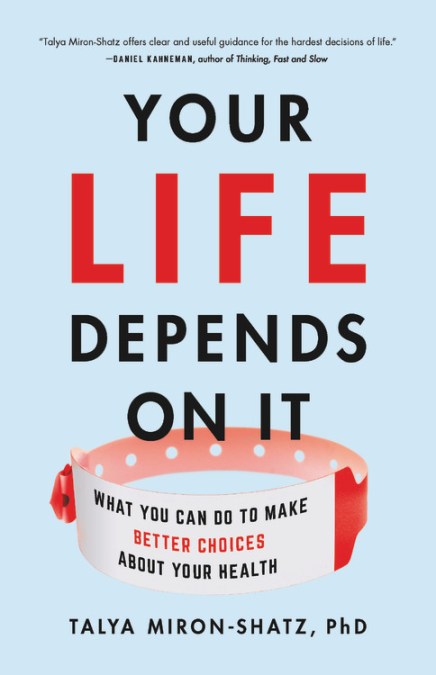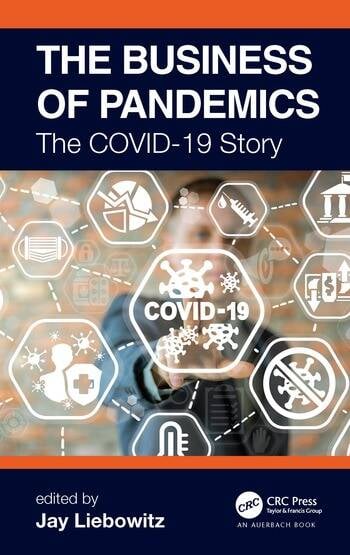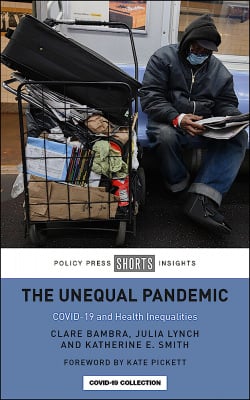From deficit to contribution: the case for voluntary compensated plasma collections in Spain
Summary of the report:
The Covid pandemic has exposed the threat to security of plasma supply that national blood operators have been warning about for years, resulting in a 25% decline in plasma donations in the United States. Since the US provides 75% of the world’s supply of plasma for the manufacture of plasma therapies, such a decline represents a threat to patients all over the world. Today only five countries allow the voluntary compensation of plasma donations: US, Austria, Czech Republic, Hungary, and Germany. These countries represent 5% of the world’s population but contribute to over 90% of plasma used for therapies. If the pharmaceutical industry can attend to current demand for plasma products like albumin and immunoglobulin, it is only thanks to the plasma collected in these countries.
Despite being home to Grífols, a world leader in plasma therapies, and despite the innovative approach that characterizes its organ donation and transplantation system, Spain and Catalonia employ an antiquated, inefficient, and ineffective model for plasma collection. The demand of immunoglobulin in Spain has increased 11.7% per year on average between 2015 and 2019. Relying entirely on non-compensated donors will lead to shortages and negatively impact R&D on new plasma-derived therapies.
The policy report published by The Ostrom Institute and coordinated by Peter Jaworski, Associate Teaching Professor at Georgetown University, provides empirical evidence on why Spain should allow the voluntary compensation of plasma donors and proposes a series of policy reforms. In short, Spain and Catalonia should mimic the Czech model of plasma collections and reform the Royal Decree 1088/2005 to allow voluntary compensation of plasma donors.
Food for thought.


